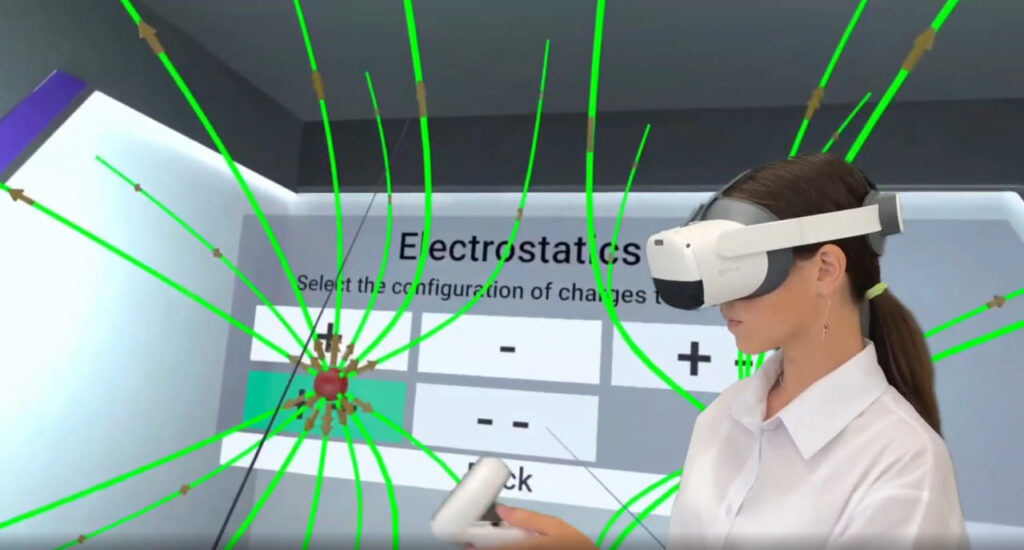

The declining interest in STEM (Science, Technology, Engineering, and Mathematics) subjects among middle and high school students has become a pressing concern. Previously, we explored this issue in our article Why Interest in STEM Declines and How VR Revives It, highlighting alarming statistics and underlying reasons. Now, new research sheds light on another critical factor: the influence of media and public opinion on students’ preferences for STEM subjects.
Studies have shown a significant drop in students’ enthusiasm for STEM subjects as they progress through school. Key reasons include:
To address these challenges, incorporating virtual reality in education has been proposed as an effective solution. VR learning provides immersive, interactive experiences that make complex STEM concepts accessible and engaging.
👉 Request a free demo to discover how VR education can revitalize your classroom.
A recent study, titled “The role of media in influencing students’ STEM career interest” (International Journal of STEM Education volume, 2023), highlights how media influences students’ interest in STEM fields. Today’s teens heavily rely on media portrayals to shape their perceptions of careers. Unfortunately, STEM professions are often underrepresented in mainstream media, making them less visible and appealing.

When STEM roles do appear, they’re frequently portrayed with stereotypes like the “mad scientist” or socially awkward genius, which can deter students. Meanwhile, careers in entertainment and sports are glamorized, drawing teens toward those fields due to their frequent and attractive portrayals.
Understanding this influence is crucial. By promoting positive and diverse representations of STEM careers in media and leveraging engaging technologies like VR, we can inspire more students to pursue STEM subjects.
The media doesn’t just entertain; it shapes societal norms and expectations. For the Alpha Generation, born into a digital world, media consumption is an integral part of daily life. This constant exposure significantly impacts their interests and aspirations.
Rather than resisting the pervasive influence of media, educators and policymakers can harness it to promote STEM subjects.
By adopting these approaches, we can transform the perception of STEM fields, making them more appealing to the youth.

Incorporating virtual reality (VR) in the classroom addresses both the lack of practical engagement and the need to make STEM subjects more captivating.
At XReady Lab, we offer tailored VR solutions that align with educational curricula, ensuring that technology enhances learning effectively.
👉 Request your free demo today and step into the future of education.

As discussed in our article Adapting Education for the Alpha Generation, today’s children are digital natives. They:
Acknowledging these characteristics is crucial in designing educational strategies that resonate with them.
The influence of media and public opinion plays a significant role in shaping students’ interest in STEM subjects. By understanding and leveraging this influence, we can reverse the declining trend in STEM engagement.
Action Points for Educators and Parents:
By taking these steps, we not only enhance STEM education but also prepare students for a future where technology and innovation are paramount.
Frequently Asked
We prodive VR biology, VR physics, and VR chemistry simulations. Please, check our catalog.
Please, fill the form to get demo labs for free.
Please contact our customer support service at support@xreadylab.com or book a call with the team to find out the conditions and book the VR class set up at your school.
Subscription to XReady Lab interactive VR labs. If you are a school, then you are also given access to the VR classroom system. VR class system helps you easily launch VR lessons for a large number of students, follow the experience of each student, as well as customise the content without developers.
We adhere to the world’s generally accepted recommendations and research. Our products are suitable for children from 12 years old.